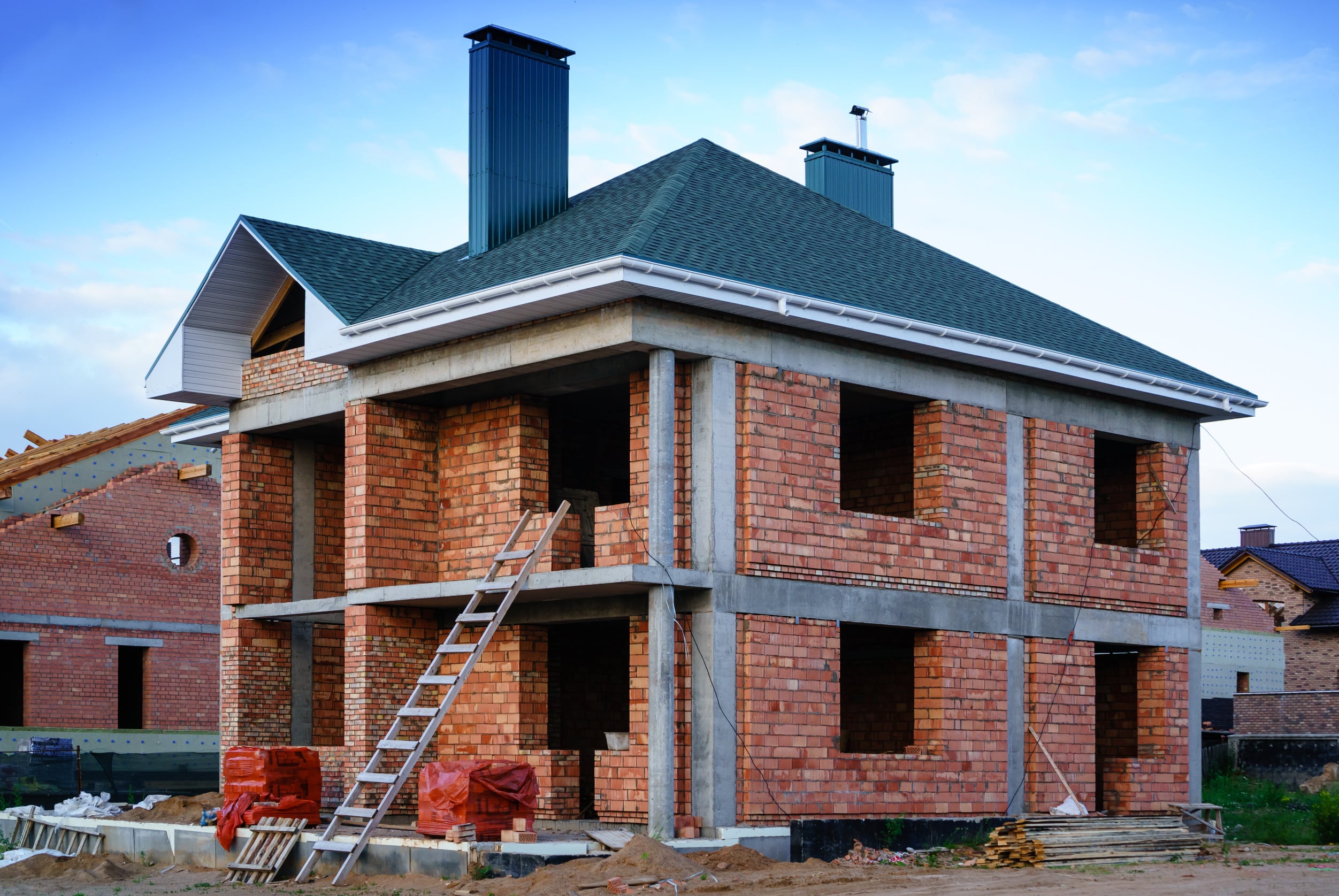Court decisions
Legal News (From The Courts) – – Selected Case Law Highlights Are Noted Here.
(July 28, 2015) State Supreme Court Puts DEEP in Its (Regulatory) Place.
In Tilcon v. CT Dept of Energy & Environmental Protection (DEEP), Tilcon challenged the agency’s asserted expansive jurisdiction under the CT Water Diversion Act and its attempt to examine and require information from Tilcon on all environmental resource issues on the entirety of Tilcon’s property. Tilcon claimed DEEP’s review is limited to issues directly connected with Tilcon’s proposed water diversions. Two other issues were involved in the case as well: DEEP’s attempt to open up and review a previously granted municipal inland wetlands permit (upon which Tilcon already acted pursuant to the issued permit), and the agency’s refusal to process Tilcon’s NPDES (water discharge) permit until the company complied with its water diversion act request for data. The HBRACT participated as a friend-of-the-court in support of Tilcon.
The Court answered all three issues in Tilcon’s favor, defeating DEEP’s abusive regulatory overreach. Among other favorable statements by the Court, it noted, “It is clear there is no authority to use the permit process for the proposed diversion to regulate the wetlands.” Click HERE for an article on the opinion authored by attorney Beth Barton, who represented the HBRACT in the litigation.
(July 21, 2015) State Supreme Court Clarifies When a Builder May Be Found Personally Liable for the Actions of a Building Company.
In Joseph General Contractors v. Coutu, a trial court found for a home buyer against both the home building company and the owner of the company in his personal capacity under three claims: breach of contract, breach of implied warranty and violation of CUTPA (CT Unfair Trade Practices Act). The builder appealed to the CT Supreme Court, and the HBRACT participated as a friend-of-the-court in support of the builder. The Court found in major part, although not entirely, for the builder
The Court ruled there was no personal liability for the breach of contract and breach of implied warranty claims. The Court threw out the buyers’ claim that the construction contract fell under a novel concept promoted by the buyer, called “joint action” (i.e., the building company and the builder personally jointly acted in the contract as parties with the buyers). The only time there could be personal liability under contract law is when there is explicit evidence of intention by the parties to obligate the owner of the business in his personal capacity. Nothing of the sort existed in this case. Also, the implied warranty claim is directly tied to the breach of contract claim – if there’s no breach of contract, there cannot be a breach of any implied warranty. So, the judgment against the builder in his personal capacity under these causes of action were wiped out, amounting to $448,659 in damages for which he is not personally responsible.

The court did uphold personal liability against the builder for the CUTPA claim. The court reasoned that personal liability under CUTPA is not new. In the words of the Court, referring to the federal counterpart to CUTPA, the Federal Trade Commission Act, “holding individuals responsible for wrongful acts taken on behalf of business entities, is widespread and well accepted in federal courts….” The big difference between the federal act and CUTPA is that the federal act can be enforced by only the government while CUTPA allows for a private cause of action. Thus, the opinion raises the possibility that future CUTPA claims against a business may be coupled with a CUTPA claim against the business owner in his or her personal capacity.
Personal liability under the federal act and now under CUTPA is highly fact specific. Every case is different, as was this case. The standard by which the facts will be judged is that a business’s CUTPA liability can be extended to an individual “who engages in unfair or unscrupulous conduct on behalf of a business entity.” Here, the facts as found by the court met the “unfair or unscrupulous conduct” standard. These consisted of 1. misinforming the buyers, contrary to the express terms of their contract, that they were likely to lose their substantial deposits if they didn’t pay for the construction upfront; 2. untruthfully telling the buyers that a bank’s failure to finance construction was because the buyers had reserved money through their loan commitment to purchase the property when construction was completed; 3. burying a large quantity of construction debris on the site causing damage to a portion of the lot; 4. misinforming the buyers that two buildings (main home and guest home) could be built on the lot when the builder knew, or should have known, zoning would not allow it; and 5. While the buyers were clearly entitled access to a sewer line, willfully preventing them from accessing it by welding it shut. The amount of damages under the CUTPA claim was $125,000, for which the builder is jointly liable with his building company.
Bottom line is builders should be careful in their contracts and otherwise in dealing with customers to avoid any intention of obligating the owner of the construction company in his or her personal capacity, and perform risk management practices to avoid any “unfair or unscrupulous” actions when dealing with customers.
(10-16-13) U.S. Supreme Court Accepts NAHB Petition to Hear Greenhouse Gas Case.
The U.S. Supreme Court on Oct. 15 agreed to hear a petition brought by NAHB and other organizations that would determine whether the Environmental Protection Agency (EPA) has the authority under the Clean Air Act to regulate greenhouse gas emissions from stationary sources that could include everything from factories, refineries and power plants to apartment and commercial buildings.
“Because of the way EPA has interpreted the statute, many NAHB members could be forced to obtain an expensive pre-construction permit for greenhouse gas emissions, which would bring most multifamily and mixed use development to a standstill,” NAHB Chairman Rick Judson said in a press statement. “Some single-family and potentially even master-planned community development could also be affected,” he said.
Based largely on EPA’s own estimates, the cost of the permit alone could be about $60,000 per multifamily property, with costs due to delays averaging about $40,000 across all building sizes. For a property with 50 or more apartments, costs due to delays could reach up to $200,000.
The permit cost is fixed, while the delay costs vary depending on the building size, measured by number of units.
NAHB is part of a coalition that includes the American Chemistry Council, American Petroleum Institute, National Association of Manufacturers, American Fuel and Petrochemical Manufacturers and National Oilseed Processors Association. Briefing in this case, American Chemistry Council (ACC), et al. v. U.S. Environmental Protection Agency, will take place during the fall and winter. The oral arguments will be held in February 2014, and a decision is expected in late spring 2014.
For more information, email Amy Chai at NAHB or call her at 800-368-5242 x8232.

(6-25-13) – U.S. Supreme Court issues major property rights decision in Koontz v. St. Johns Water Management District.
A huge victory for property owners, the Court held that the Constitution’s Takings Clause can be violated in situations where a development permit is denied because the property owner refuses to accept extortionist permit conditions as well as when a permit is issued with such conditions attached. Also, the Takings Clause applies equally to both land and monetary exactions.
We knew from the Nollan (1987) and Dolan (1994) cases that there can be a Takings Clause violation when a permit is issued with a condition that the landowner dedicate land. The Koontz case clarifies (expands) the earlier rulings by applying the Takings Clause when a permit is never issued because the landowner refuses to accept the onerous conditions, and also when the condition is just the payment of money versus the dedication of land.
In all cases, the standards of Nollan/Dolan apply: For a permit condition to be Constitutional, it must have an essential nexus to a legitimate government purpose and it must be roughly proportional to an impact caused by the proposed development. Opponents of the decision claim the Koontz case will create a perverse incentive to deny developments … but if you continue their unstated thought … without the ability to “negotiate” from a developer a government’s extortionist demands. Perverse, indeed. See attorneys Shipman & Goodwin’s article on the decision.
(June 2012) Connecticut Superior Court Case Further Limits the Enforceability of Progressive Mechanics’ Lien Waivers – from Robinson & Cole

(Sept 2008) Special Permits for Subdivisions Over Certain Size Not Allowed: The CT Supreme Court ruled in Lord Family of Windsor v. Windsor PZC on Sept. 16, 2008, that municipal planning and zoning commissions cannot require subdivisions over a certain size to obtain a special permit or special exception. The HBRACT funded the developer’s appeal to the state Supreme Court due to its significance to the entire industry. The Court confirmed that planning and zoning commissions can regulate the use and density of development, but not its size if the underlying use, density, and otherwise valid regulations are met. See the PZC Decision and a brief article from attorney Mike Zizka (who represented the developer). A companion decision on the developer’s inland wetlands application was also ruled upon against the town by the CT Supreme Court on Sept. 9, 2008, confirming the law that local inland wetlands agencies must have evidence in the record of likely harm to a wetland to support a denial of an application. PZC Decision.
(2006) Eminent Domain Abuse: HBRACT, along with NAHB, files a friend-of-the-court brief in the CT Supreme Court in the eminent domain case, New England Estates v. Branford. Following up on the infamous Kelo v. New London condemnation case (see below), the HBACT and NAHB argued to the Court that municipalities cannot condemn private property for baseless or misleading reasons that conceal the true reason (i.e., stopping development) for taking private property.
Eminent Domain policy statement – HBRACT urges key state legislative committees and leaders to limit the power to take private property in the wake of the US Supreme Court’s Kelo v. New London decision. See our 2-15-06 testimony on Raised Bill 34 and on Raised Bill 5038. It’s a shame and huge loss to property owners that the state legislature chose not to address condemnation abuses by the government during the 2006 regular session.
(2003) Vested Rights to Permits in CT: The CT Appellate Court in 2003, held in Poirier v. Zoning Board of Appeals of the Town of Wilton, 75 Conn. App. 289 (2003), that the vested rights statute, Conn. Gen. Stat. Section 8-26a, is clear in that no zoning regulation adopted after the date of subdivision approval shall be made applicable to lots in such subdivision. Opponents of the Poirier decision argued that the vested rights statute applies only to lot dimensions, area and other characteristics of the lot but not to construction on such lots and sought legislative clarification to restrict a property owner’s vested rights in a subdivision approval. The legislature “sort of” clarified the state’s vested rights rules. See: Vested Rights to Zoning Regulations Clarified … somewhat, almost, not quite …

